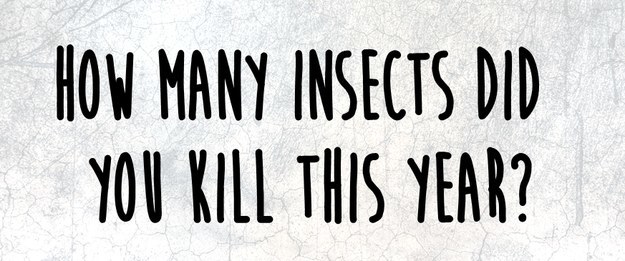
They are wild and it can get pretty boisterous. In some towns you have Krampus runs with a hundred Krampuses running around in the street. “The Krampus is a different take on this tradition in which Knecht Ruprecht is replaced, not just by one - far more terrifying - Krampus figure, but by a whole troupe of them,” Bothe said. Nicholas is accompanied by his counterpart, Knecht Ruprecht, who punishes naughty children. Nicholas, the patron saint of children and the basis for our Santa Claus, will fill them the next morning with sweets, nuts and other goodies,” Bothe said. “In Germany, children put their shoes or boots outside the door on the evening of Dec. In Austria and Bavaria, Krampus Day takes place Dec. In Alpine towns and villages, young men traditionally disguise themselves as the mythical creature and parade through the streets in an ancient pagan ritual known as the Krampuslauf, or Krampus Run, that is meant to disperse winter’s ghosts. Krampus has its origins in pagan traditions in Germany where, the legend goes, he was originally one of the sons of Hel, Norse god of the underworld. Krampus is being celebrated as far away as France and Finland. Krampusnacht featured a troupe of more than a dozen Krampuses sporting traditional animal-hide costumes and hand-carved, horned masks who flew in specially from Austria for the occasion.Īnd it’s not just America that is embracing Krampus creepiness. Krampus festivities - popular in Bavaria and the Tyrol region of Austria and Northern Italy for generations - are catching on throughout Germany, Austria, Slovenia, Hungary and the Czech Republic. Los Angeles hosted a Krampus Ball and its third consecutive Krampusnacht festival in the streets of downtown this year, and for the first time many other U.S. In addition to the new movie, the horned beast has inspired a comic book series.

This year’s holiday horror flick Krampus - the story of one American family’s battle to win back their Christmas spirit from the fiendish figure from Alpine folklore - is enjoying considerable success at the box office this holiday season. Coming soon to a town near youįormerly familiar only to inhabitants of Austria, the Bavarian region of Germany and countries of the former Habsburg Empire, Krampus has now made his debut in America. However, the huge popularity of Krampus lives on and is now enjoying a resurgence. More recently, concerns have been expressed in Austria about whether the tradition is appropriate for children. Interestingly, the Nazis also banned Krampus for its pagan origins. Anyone caught dressing up as a Krampus faced the death penalty because it was perceived as a devil figure.” “We know Krampus dates back to before the Inquisition because it was banned then.

“ ‘Krampus’ comes from a word in Middle High German krampen, which means ‘claw,’ ” said Britta Bothe, associate professor (teaching) of German at the USC Dornsife College of Letters, Arts and Sciences. The fact that the Krampus can be heard before he can be seen makes him even more frightening - replacing the joyful sound of sleigh bells with something far more sinister: the menacing clanking of rusty chains accompanied by the eerie tinkling of cowbells.

Strapped to his back is a leather bucket or woven rush basket to carry away naughty children, and around his waist is a stout leather belt to which are attached several large cowbells. With his curving horns, towering, hairy body, one cloven and one human foot, lolling long, red, pointed tongue and grimacing features, Krampus is a mythical figure dating back to at least the Middle Ages and possibly earlier.Īpparently created to strike terror in the hearts and minds of small children - and quite a few adults, too - Krampus traditionally carries a ruten bundle, or birch rod, to whip those who have misbehaved and chains to bind those who have strayed from the straight and narrow. Krampus is seen in this vintage postcard.


 0 kommentar(er)
0 kommentar(er)
